Business Environment Report: Toyota Case Study, Analysis, and Overview
VerifiedAdded on 2023/03/20
|12
|375
|98
Report
AI Summary
This report analyzes the business environment of Toyota, a global automotive company. It explores various aspects, including different types of organizations, their purposes, and the impact of the business environment. The report covers the business environment, including competitors, suppliers, and government regulations, and highlights the importance of effective management and strategic planning. It discusses the size and scope of organizations, including public, private, and voluntary sectors. The conclusion emphasizes the need for businesses to adapt to their environment. This report also includes a reference section with citations for the research. This report is a valuable resource for understanding the complexities of business operations and strategic management within a global context, with a focus on the Toyota case study.
1 out of 12
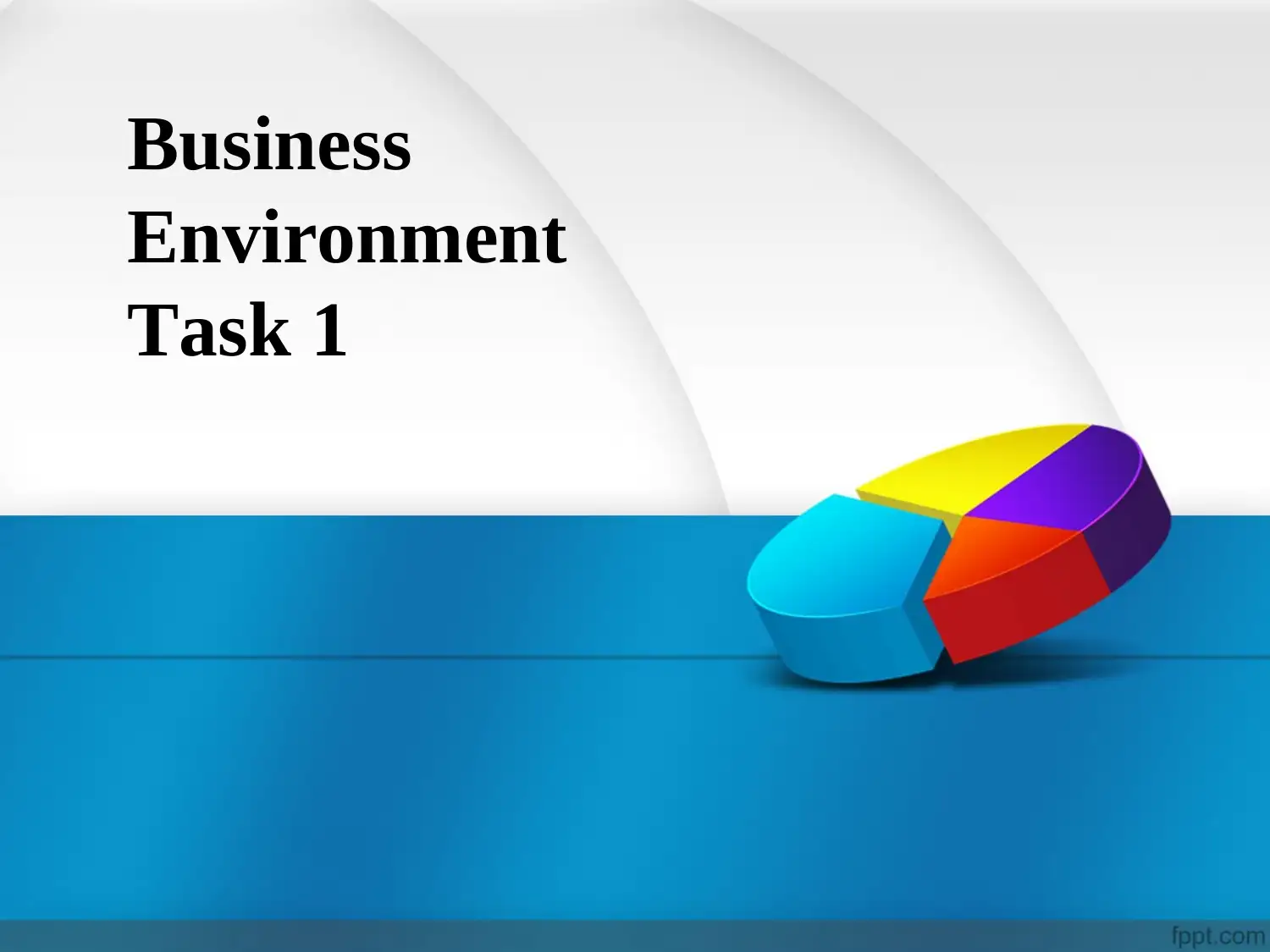

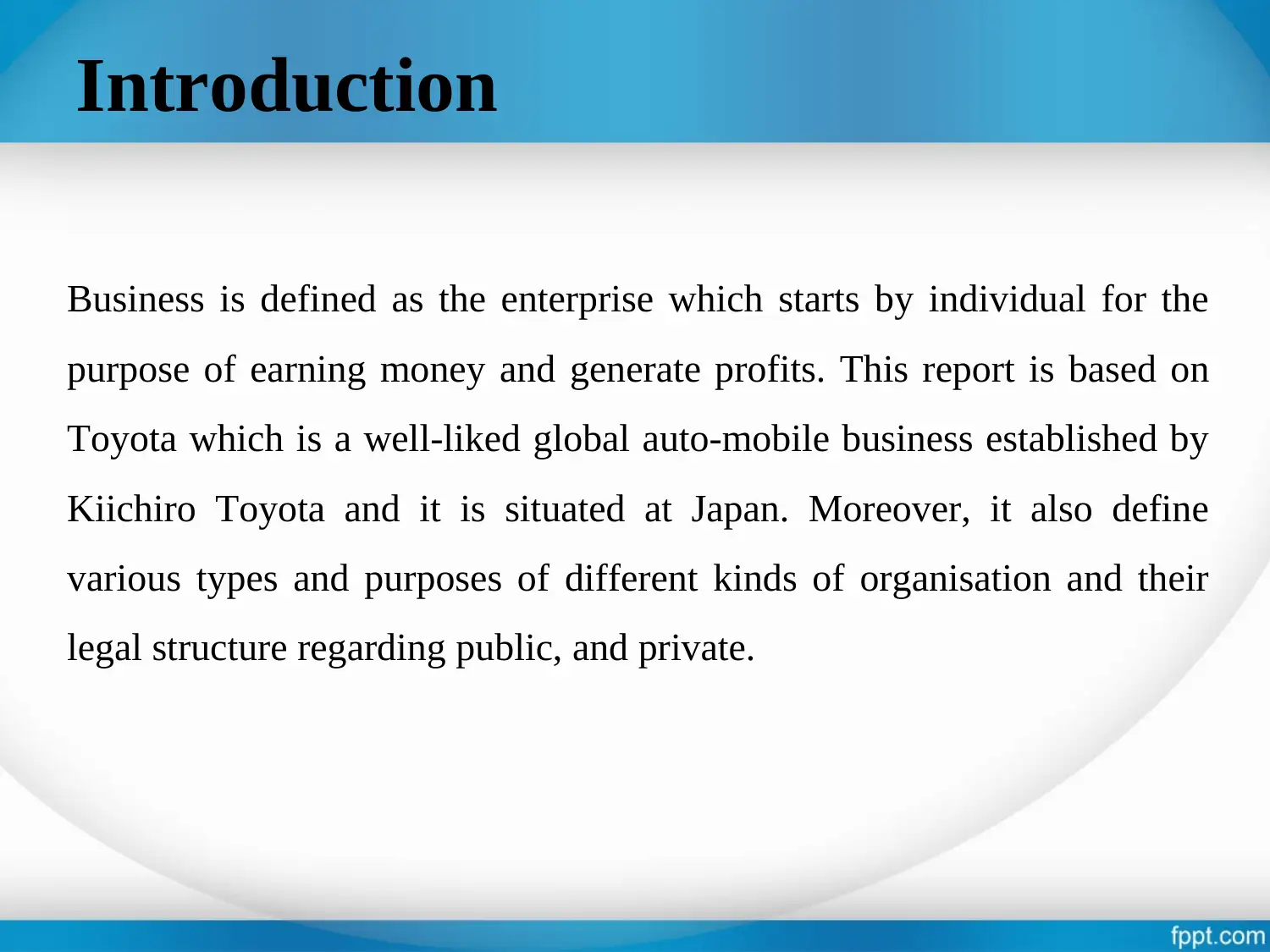

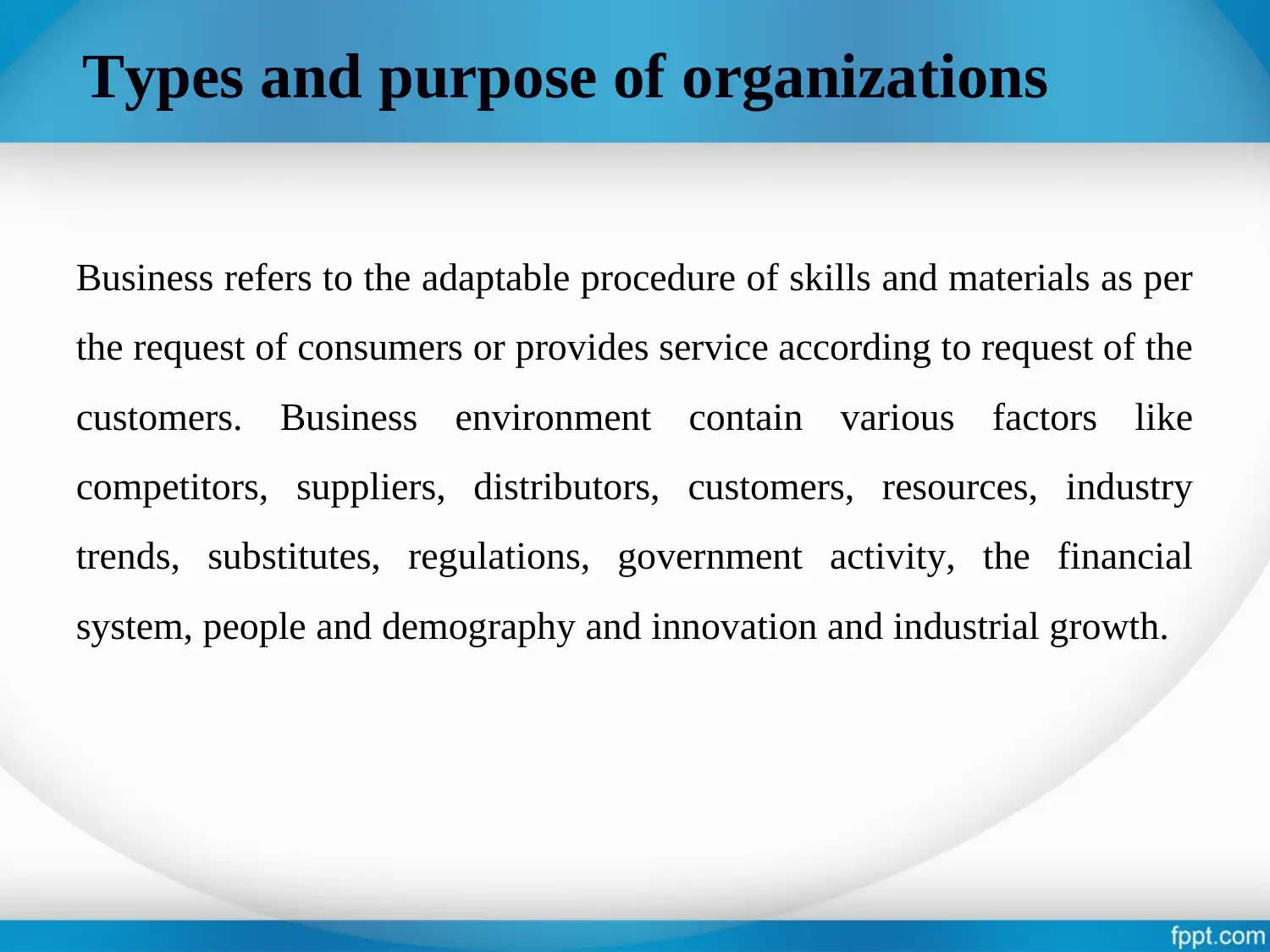
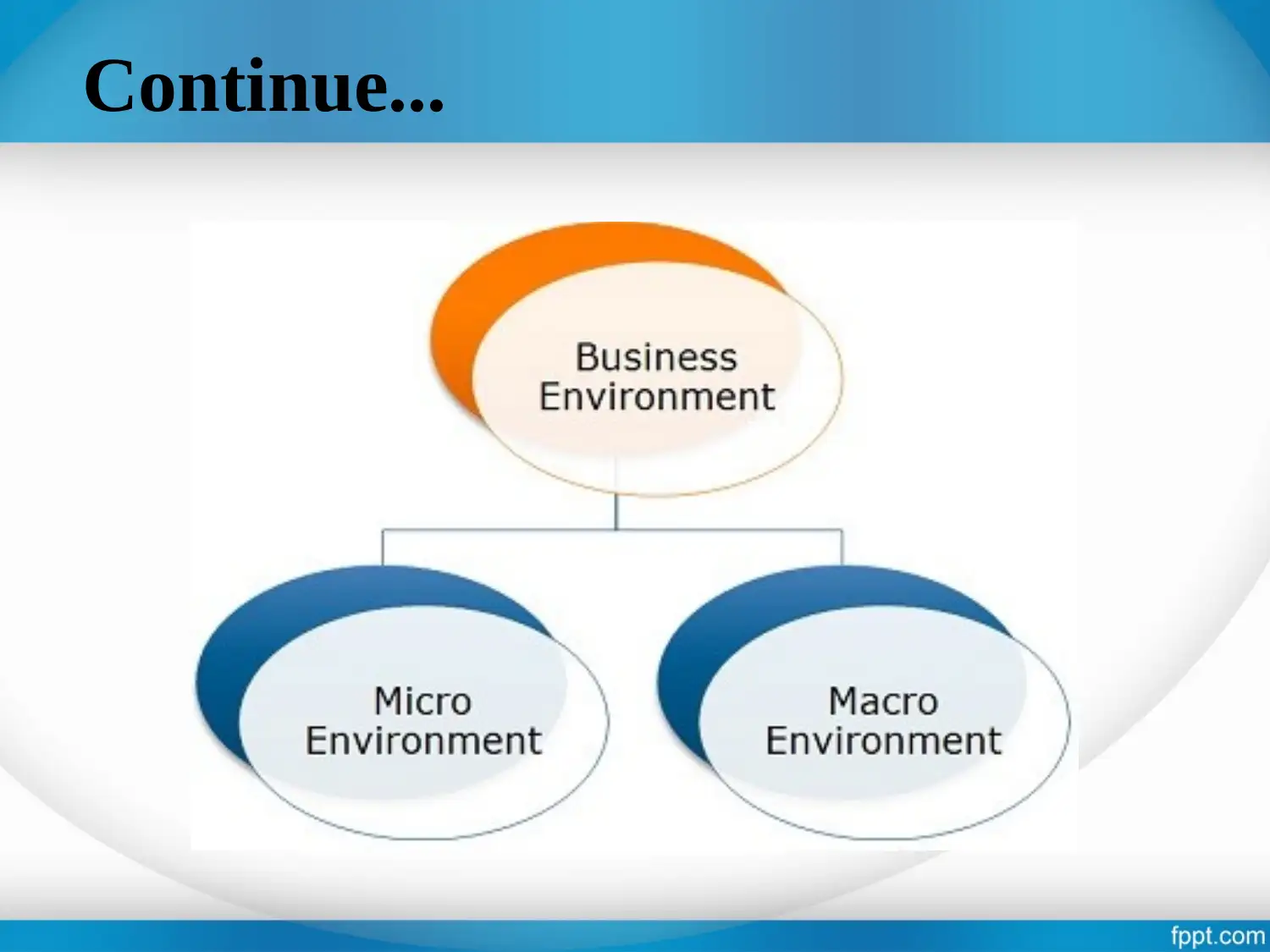

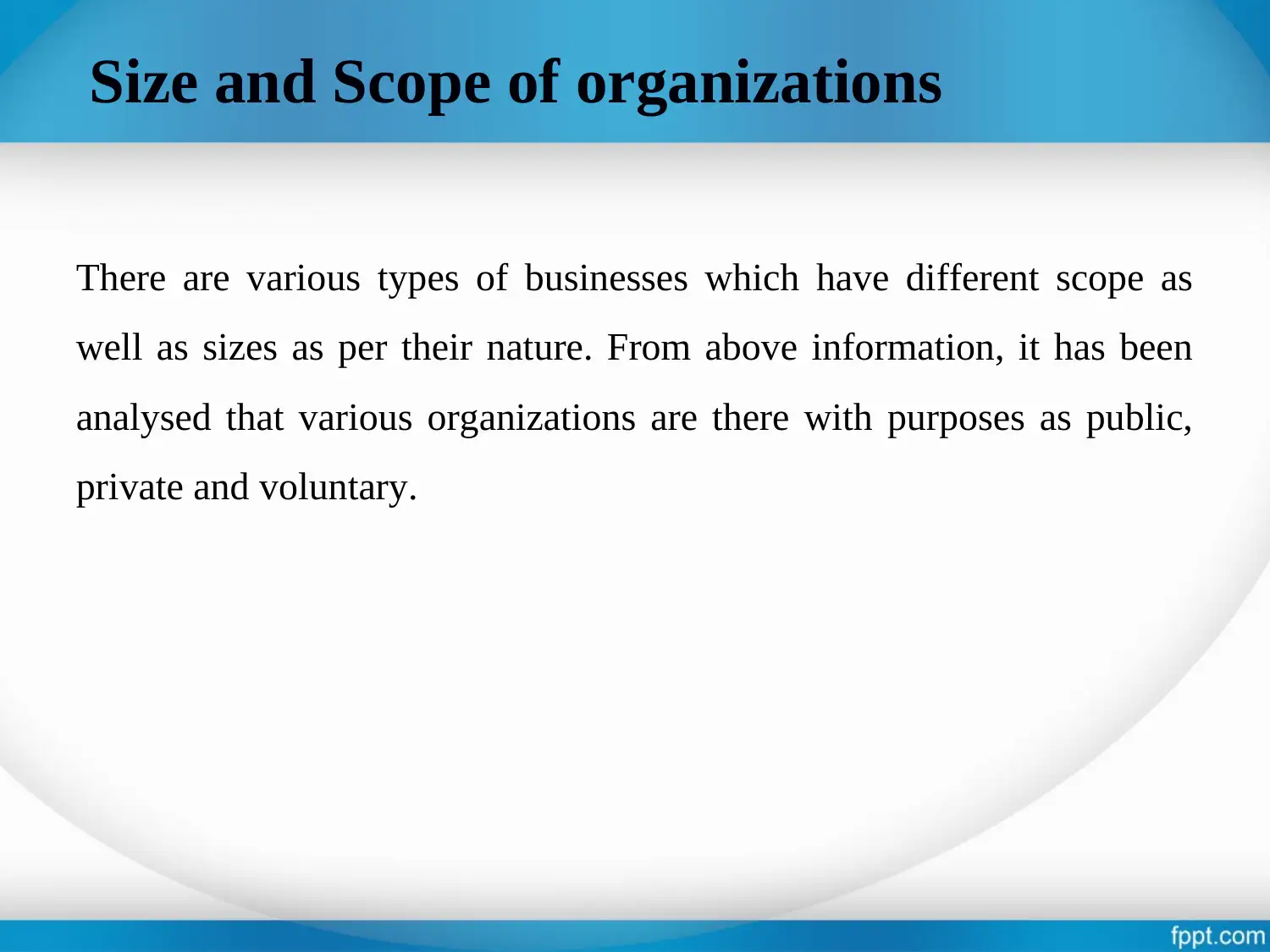
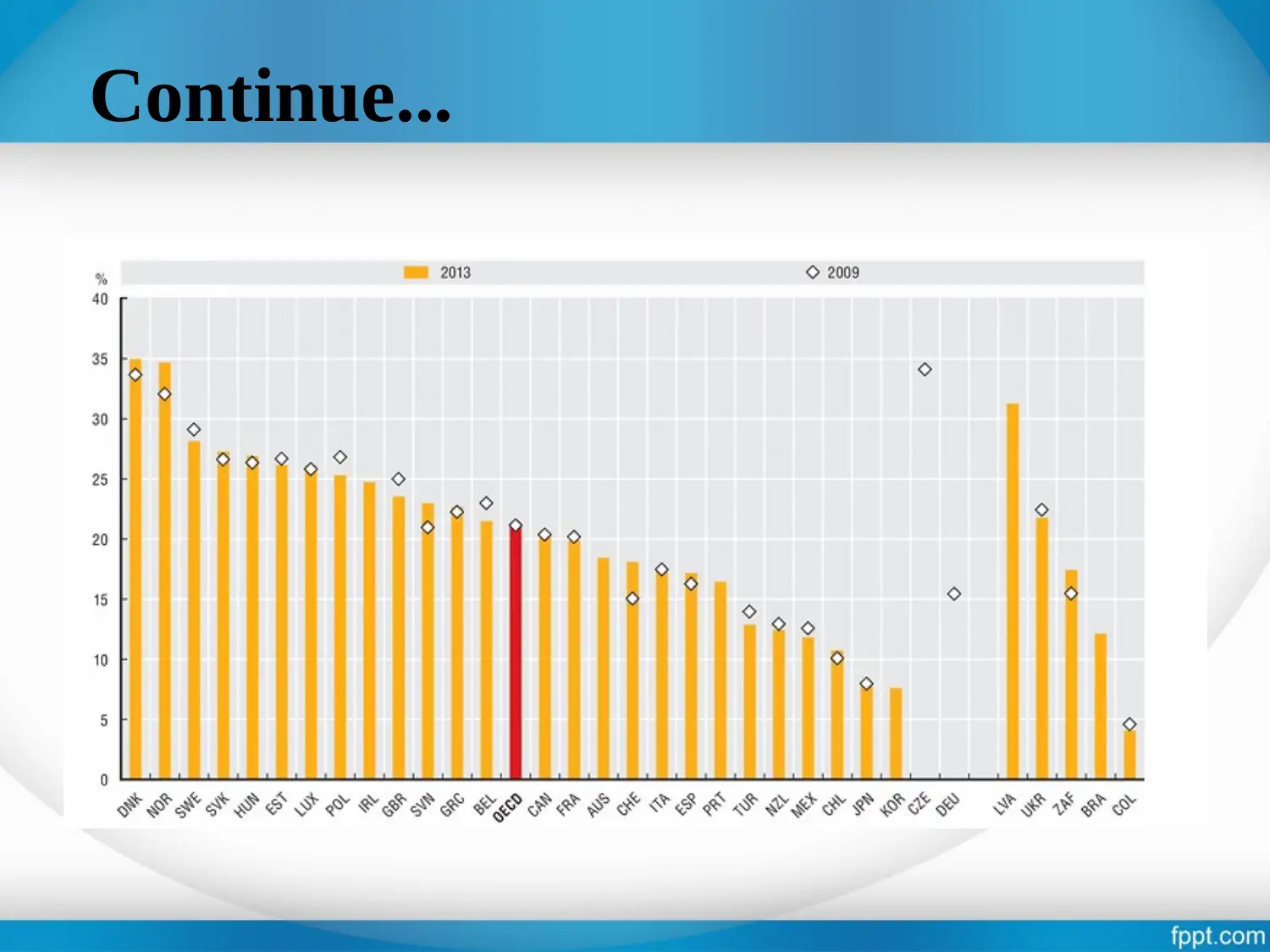
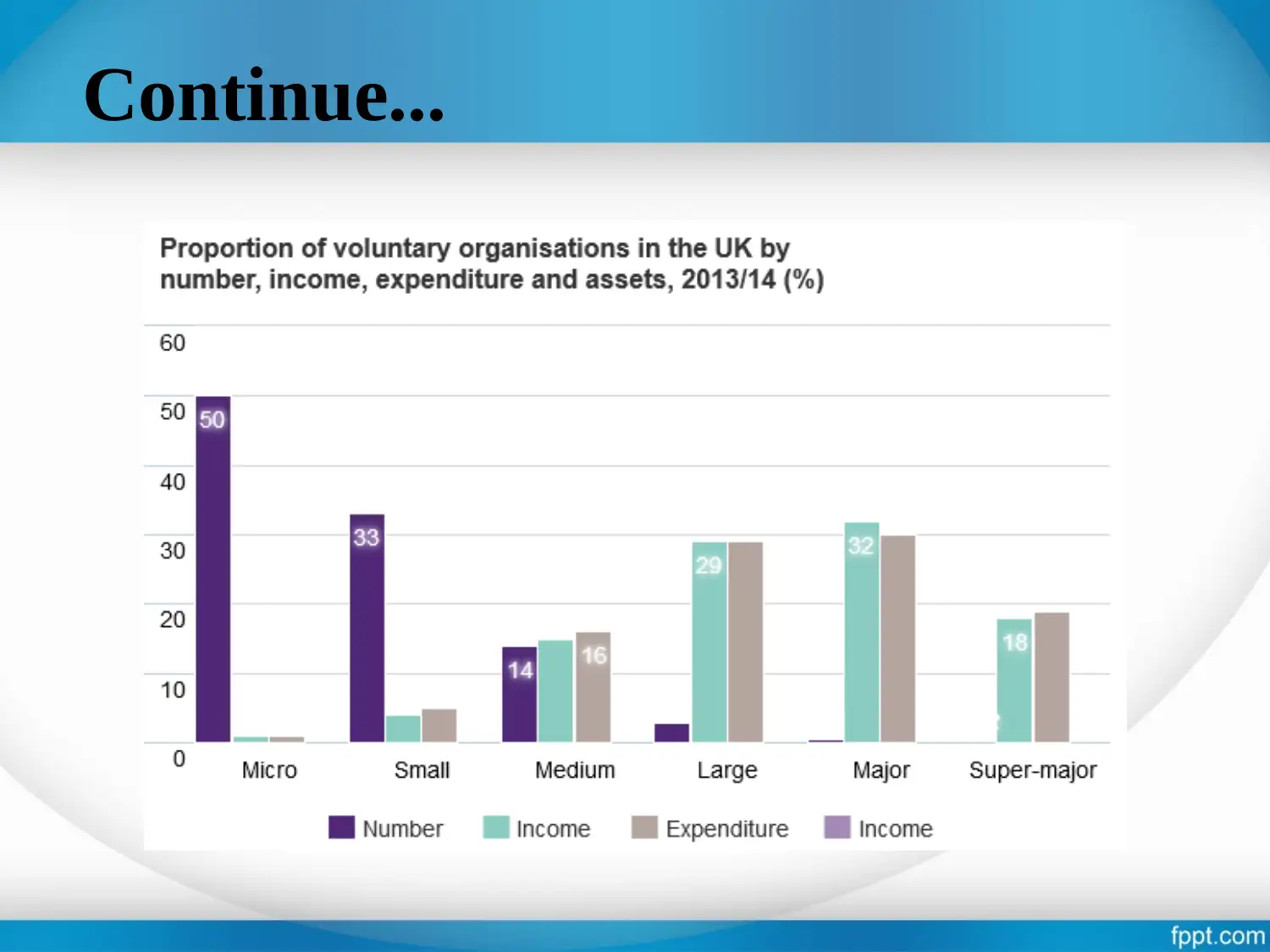









![[object Object]](/_next/static/media/star-bottom.7253800d.svg)